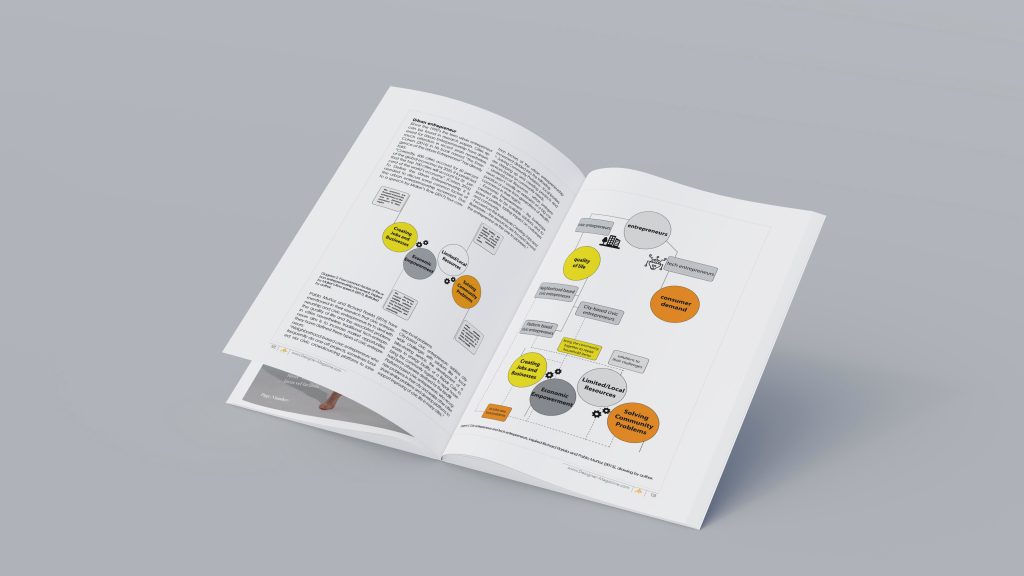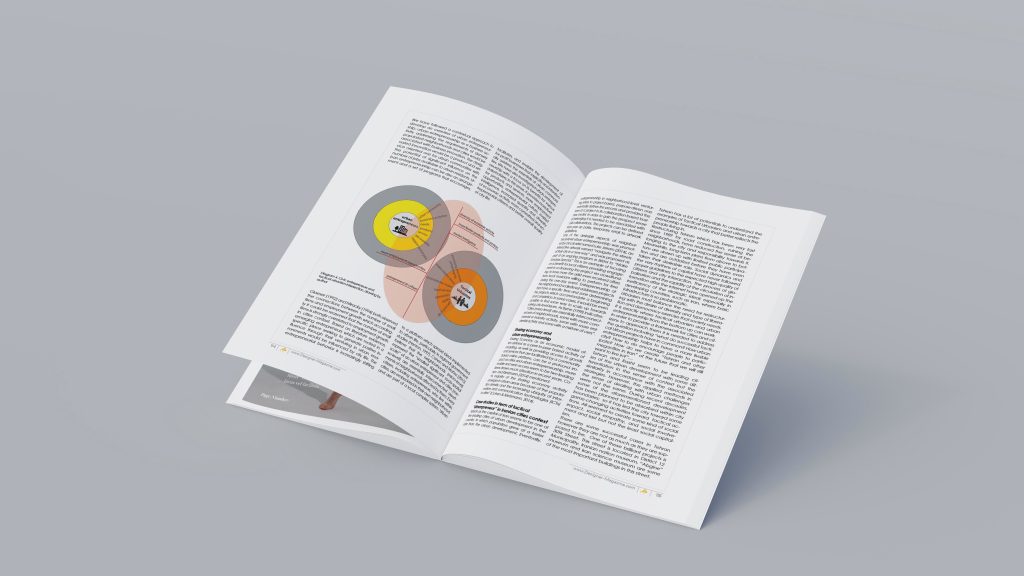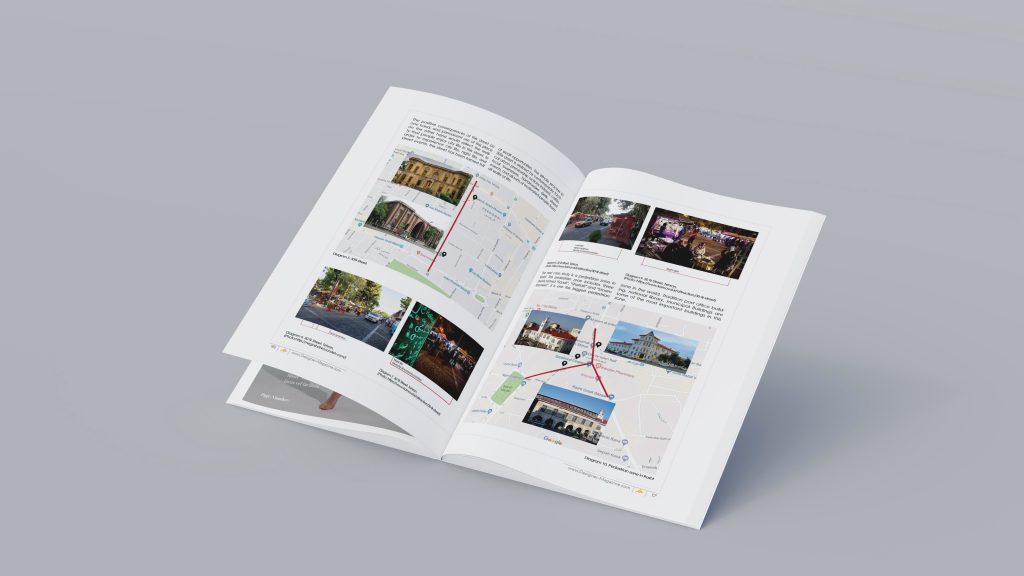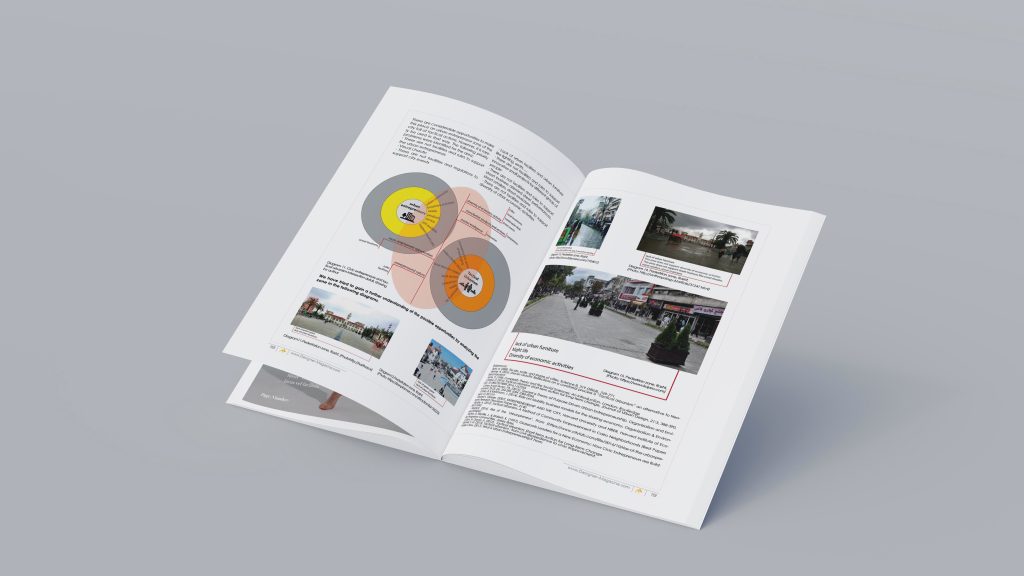Introduction
Looking at the city in parts, the place theory can be recognized in the term of three main axes; good city form (Lynch, 1984), sequential movement (Cullen, 1971), and the mutual impact of every physical and social component (Jacobs, 1995). The palace theory tries to understand the cultural aspect and human characteristics of the physical places. It is exact in return to the main crux of urban design to create a livable place. The core issue revolving around, some areas experience social improvement and sustainable living and mutual interaction between city and citizens more than others. It is evidently considerable from literature, the most successful examples toward space enhancement (or the transformation of space to place) have come from two approaches; urban entrepreneurship (urbanpreneur) and the small change which result in big social impact; a sense of tactical action. These two approaches, Tactical Urbanism as an effective formula for putting good ideas into practice (Brenner, 2015); and “Urbanpreneurs” while embed in their socio-ecological environments—cities and towns—to draw influence (Florida, 2016) are about making the place (for citizens) toward a more interacting livable one.
This report is a try to answer the question of how street city life might be contributed to alternative urban futures focusing on these two approaches. To this aim first, it interprets the concepts of tactical urbanism and urban entrepreneur the main characteristics associated with these approaches, it continues with the concept of Sharing economy and urban entrepreneurship term, which focuses on recent decades economy attitudes. Second, it analyzes the current scene in two selected case studies, 30Tir Street in Tehran and pedestrian street zone in Rasht. Third, the paper designs an approach to open a wide dispensary to some possible tactical “Urbanpreneur” in selected case studies.




